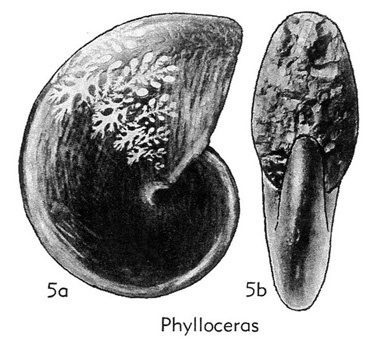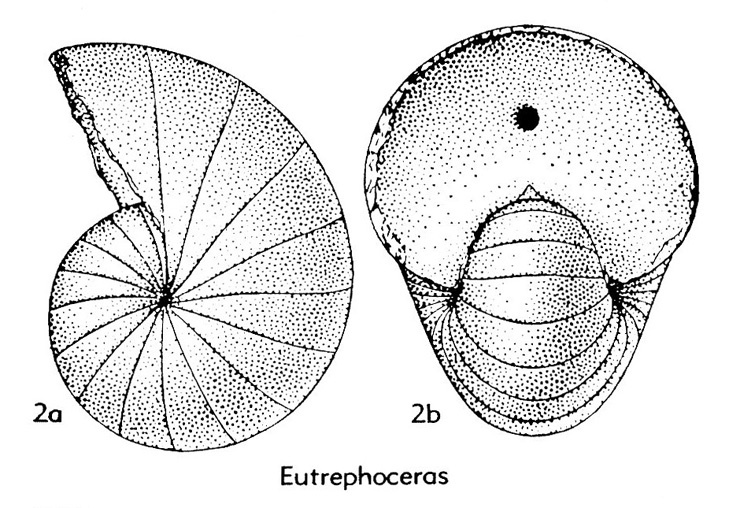Home PageAbout MindatThe Mindat ManualHistory of MindatCopyright StatusWho We AreContact UsAdvertise on Mindat
Donate to MindatCorporate SponsorshipSponsor a PageSponsored PagesMindat AdvertisersAdvertise on Mindat
Learning CenterWhat is a mineral?The most common minerals on earthInformation for EducatorsMindat ArticlesThe ElementsThe Rock H. Currier Digital LibraryGeologic Time
Minerals by PropertiesMinerals by ChemistryAdvanced Locality SearchRandom MineralRandom LocalitySearch by minIDLocalities Near MeSearch ArticlesSearch GlossaryMore Search Options
The Mindat ManualAdd a New PhotoRate PhotosLocality Edit ReportCoordinate Completion ReportAdd Glossary Item
Mining CompaniesStatisticsUsersMineral MuseumsClubs & OrganizationsMineral Shows & EventsThe Mindat DirectoryDevice SettingsThe Mineral Quiz
Photo SearchPhoto GalleriesSearch by ColorNew Photos TodayNew Photos YesterdayMembers' Photo GalleriesPast Photo of the Day GalleryPhotography
╳Discussions
💬 Home🔎 Search📅 LatestGroups
EducationOpen discussion area.Fakes & FraudsOpen discussion area.Field CollectingOpen discussion area.FossilsOpen discussion area.Gems and GemologyOpen discussion area.GeneralOpen discussion area.How to ContributeOpen discussion area.Identity HelpOpen discussion area.Improving Mindat.orgOpen discussion area.LocalitiesOpen discussion area.Lost and Stolen SpecimensOpen discussion area.MarketplaceOpen discussion area.MeteoritesOpen discussion area.Mindat ProductsOpen discussion area.Mineral ExchangesOpen discussion area.Mineral PhotographyOpen discussion area.Mineral ShowsOpen discussion area.Mineralogical ClassificationOpen discussion area.Mineralogy CourseOpen discussion area.MineralsOpen discussion area.Minerals and MuseumsOpen discussion area.PhotosOpen discussion area.Techniques for CollectorsOpen discussion area.The Rock H. Currier Digital LibraryOpen discussion area.UV MineralsOpen discussion area.Recent Images in Discussions
Identity HelpPlease help identify rock found - man made or naturally made

25th Apr 2012 17:42 UTCSteve Tguiri
While doing some construction in my back yard (in NW San Antonio, TX) I found this rock that had a hole through it. It is a little bit bigger than an american quarter. It also appears to have a old fashioned "6" or "9" depending which way you look at it. The hole doesn't seem to be made from dripping water because the hole is not smooth or straight and the entries of the hole are cone shaped. I think it is calcite.
I claim to be no expert and I do think the "6" or "9" could be a natural occurring coincidence but this rock just looks unusual to me and I wanted to see if I may get some expert opinions.
(I did wash off the mud and dirt)
Thanks,
Steve
25th Apr 2012 19:12 UTCDon Saathoff Expert
North of SA, especially north of the Balcones Fault, there is, in the Edwards Limestone, the remains of an ancient aquifer. This limestone, locally called "Honeycomb Limestone" often contains fossils in addition to the honeycombed appearance. I think you have a small piece of this limestone - we have several pieces in the yard in excess of a meter long completely riddled with both large & small holes. Put a drop of white vinegar on the piece and watch for small bubbles to confirm limestone. You will see honeycomb in many aquariums around SA.....the fish love it!!
Don
25th Apr 2012 19:32 UTCGeorge Eric Stanley Curtis
It looks like a small flint nodule to me.
Flint often forms around sponges which leave a characteristic hole, and the '6' swirl mark is also quite often seen on flints, though I am not sure what causes them.
The way to tell is with its hardness.
Flint is a variety of quartz, and is quite hard. It will make a sharp 'click' sound if you tap it with a metal rod.
Limestone will sound dull.
All the best,
Eric :-)
25th Apr 2012 20:11 UTCPaul Brandes 🌟 Manager
25th Apr 2012 21:11 UTCRoberto Bosi

25th Apr 2012 21:23 UTCGeorge Creighton
-------------------------------------------------------
> Hi Steve,
> It looks like a small flint nodule to me.
> The way to tell is with its hardness.
> Flint is a variety of quartz, and is quite hard.
> It will make a sharp 'click' sound if you tap it
> with a metal rod.
> Limestone will sound dull
My first impression was also a flint nodule.
Thanks Eric that you explained how to detect flint covered in limestone from limestone itself,
never knew this of test method.
Live and learn.
Regards george
25th Apr 2012 21:23 UTCNorman King 🌟 Expert

26th Apr 2012 13:15 UTCKnut Edvard Larsen 🌟 Manager
26th Apr 2012 20:08 UTCNorman King 🌟 Expert
The figure on that rock is an involute cephalopod. I include illustrations of them below. Note that there is a plan view and a cross-sectional view for each one (nautiloid and ammonoid). I also show an involute planispiral gastropod for comparison. It looks OK, except that is an archaic type from the Paleozoic to Triassic (most lived during the earlier part of that time span).
This information is not secret. You can find it in any good geology library. I referred to these sources:
1. Arkell, W. J., et al., 1957, Treatise on Invertebrate Paleontology, Part L, Mollusca 4 (Ammonoidea): Geological Soc. America and Univ. of Kansas Press, 490 p.
2. Shimer, H. W., and Shrock, R. R., 1944, Index Fossils of North America: Cambridge, MA, M.I.T. Press, 837 p. (for the gastropod illustration; a dated reference but readily available and comprehensive enough for amateurs).
3. Teichert, C., et al., 1964, Treatise on Invertebrate Paleontology, Part K, Mollusca 3 (Nautiloidea, etc.): Geological Soc. America and Univ. of Kansas Press, 579 p.
When using those, you have to be sure that the form you choose for the correct identity lived during the proper time (e.g., Early Cretaceous as opposed to Tertiary, etc.) and that it lived in the correct region (e. g., North America rather than Europe or Asia (today’s lands, of course, may have not been so far apart in the past–that needs to be taken into consideration).
So, again with all due respect, I don’t think people (especially those on the Mindat management team) should pretend to be expert commentators on subjects in which they are not particularly knowledgeable. We should give other sciences all the respect they deserve. While it may be true that mistakes in paleontology may not come back to “bite” you (like they might in chemistry or thermodynamics when discussion mineralogical issues), such mistakes may mislead the person who posed the paleontological question. They also suggest we think it is not important to be correct in what we say in other fields. As for me, I think we should provide state-of-the-art commentary in all scientific fields. If we cannot, then we should not risk confusing things with poorly-advised opinions. Any commentary should be left to those who have appropriate expertise.

30th Apr 2012 01:55 UTCSteve Tguiri
Thank you. Your input helped me identify this rock and open up more areas of study for me to explore. It was also very interesting to read the small debate that this raised in concern of properly identifying objects and backing up your observations with references.
Sincerely,
Steve




Mindat.org is an outreach project of the Hudson Institute of Mineralogy, a 501(c)(3) not-for-profit organization.
Copyright © mindat.org and the Hudson Institute of Mineralogy 1993-2024, except where stated. Most political location boundaries are © OpenStreetMap contributors. Mindat.org relies on the contributions of thousands of members and supporters. Founded in 2000 by Jolyon Ralph.
Privacy Policy - Terms & Conditions - Contact Us / DMCA issues - Report a bug/vulnerability Current server date and time: April 25, 2024 00:53:52
Copyright © mindat.org and the Hudson Institute of Mineralogy 1993-2024, except where stated. Most political location boundaries are © OpenStreetMap contributors. Mindat.org relies on the contributions of thousands of members and supporters. Founded in 2000 by Jolyon Ralph.
Privacy Policy - Terms & Conditions - Contact Us / DMCA issues - Report a bug/vulnerability Current server date and time: April 25, 2024 00:53:52













